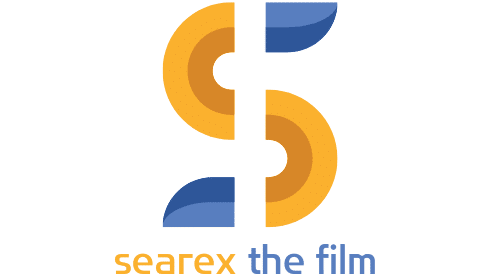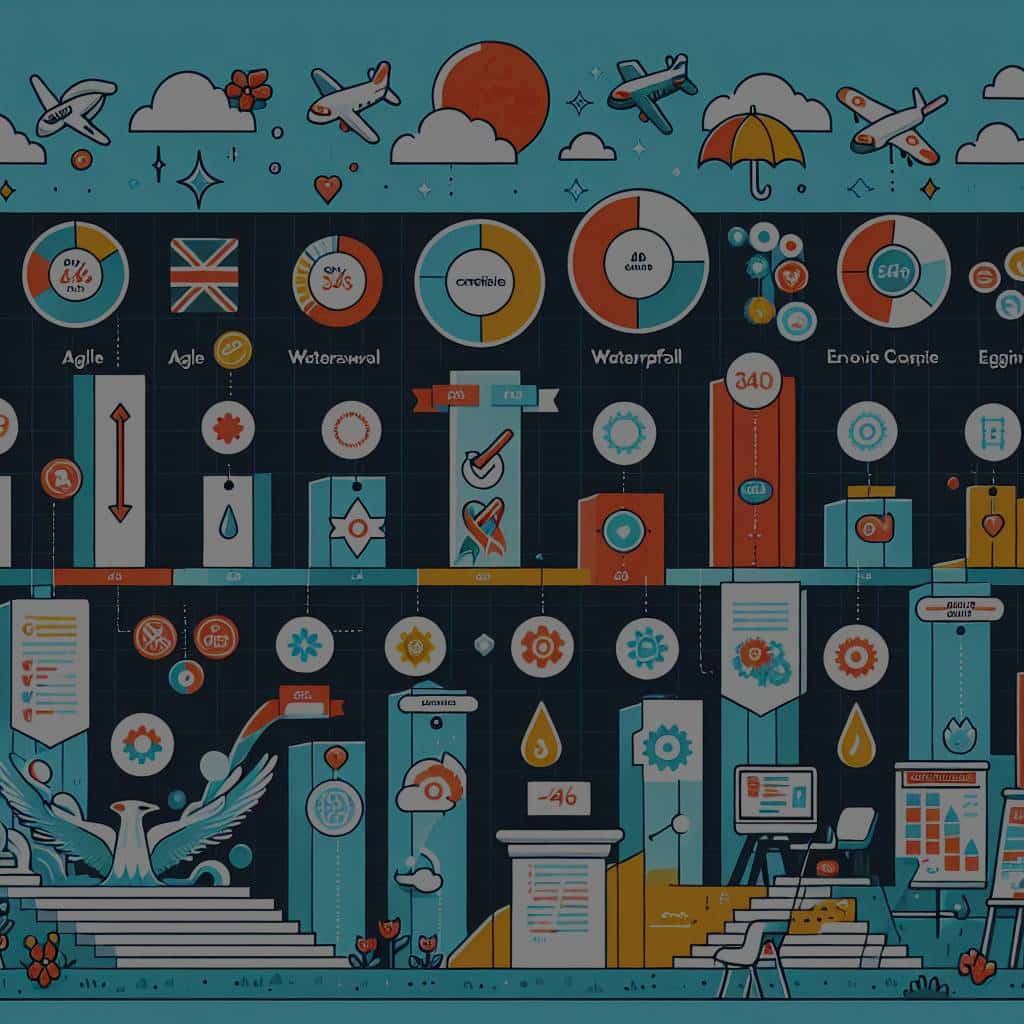Project management is a critical component of any successful business. It ensures that tasks are completed on time, within budget, and to the client’s satisfaction. There are various project management methodologies available, each with its own pros and cons. The choice of methodology can significantly impact project outcomes. In the UK’s creative industry, identifying the most effective project management methodologies is crucial to deliver high-quality results. This article will discuss four main methodologies: Agile, Waterfall, Kanban, and PRINCE2, and how they can be implemented in creative agencies.
Agile Methodology
The Agile methodology is best suited to projects that require flexibility and frequent adjustments. This approach is built around iterative work, which is divided into small segments known as sprints.
Additional reading : How Can UK Independent Musicians Monetize Their Work Through Streaming Platforms?
Agile encourages frequent communication and collaboration among team members to ensure that everyone is on the same page and that the project is moving forward smoothly. It values individuals and interactions over processes and tools, working solutions over comprehensive documentation, client collaboration over contract negotiation, and responding to change over following a plan.
Agile works by breaking down projects into manageable units, enabling teams to focus on high-quality development, testing, and collaboration. Teams working in an agile environment self-plan their work based on their knowledge of their capacity and the priorities set. This methodology is particularly effective for projects that are complex and uncertain, where requirements can change rapidly, such as in a software development environment.
In parallel : What Are the Key Elements in Developing an Anti-Fraud System for Online UK Businesses?
Waterfall Methodology
The Waterfall methodology is the most traditional project management methodology. It’s based on a sequential process where progress flows steadily downwards through several phases – like a waterfall. These phases include requirements, design, implementation, verification, and maintenance.
The Waterfall methodology is well-suited for projects with clear, well-defined requirements, or where the output is predictable. It provides a straightforward approach to project management, with each phase following logically from the one before, making it simple to understand and manage.
However, the linear approach of the Waterfall methodology can also be a disadvantage. If a project needs to change direction midway, it can be time-consuming and costly. This methodology is not versatile enough for creative agencies where change is the only constant.
Kanban Methodology
Kanban is a project management methodology that’s focused on lean principles and a just-in-time delivery system. It helps manage work by balancing the demands with available capacity, and by improving the handling of system-level bottlenecks.
Work items are visualized to give participants a view of progress and process, from start to finish—usually via a Kanban board. Work is pulled as capacity permits, rather than work being pushed into the process when requested.
In this methodology, work items are broken down and displayed visually, allowing the team to keep track of the progress of work through the system. The primary purpose of a Kanban system is to identify potential bottlenecks in your process and fix them so work can flow through it cost-effectively at an optimal speed or throughput.
PRINCE2 Methodology
PRINCE2 (PRojects IN Controlled Environments) is a structured method for effective project management. It provides a secure overall framework for the project and is mainly aimed at managing large projects.
PRINCE2 divides the project into manageable and controllable stages. It focuses on defining the product that will be delivered, designing, and delivering the project to achieve that output. Compared to other methodologies, PRINCE2 has a greater emphasis on the end product. It also promotes communication between team members and stakeholders, ensuring everyone understands the project’s status and direction.
PRINCE2 is widely recognized and understood, providing a common language for all participants in the project. The controls that PRINCE2 provides are invaluable for giving a comfort level to the rest of the organization about the state of the project in terms of its delivery to time, cost, quality, scope, risk and benefits.
In conclusion, the best project management methodology for a creative agency in the UK depends on the agency’s clients, team, and projects. It’s important to choose a method that fits the agency’s needs and enhances its workflow, rather than trying to force the agency’s work into a particular method.
The Role of Project Management Software in Creative Agencies
Project management software is a vital tool for implementing any project management methodology. It aids project managers and team members in tracking project progress, managing resources and deadlines, and facilitating collaboration among stakeholders. Common features of project management software include task management, time tracking, file sharing, real-time communication, and financial management.
In the context of a creative agency, project management software can be used in a variety of ways. With a tool like a Gantt chart, for instance, project managers can visualize the project timeline and critical path, thereby enabling the team to stay on track with their tasks and deadlines. On the other hand, agile project management software provides features such as Scrum boards, backlogs, and burndown charts, which are particularly useful for implementing the Agile methodology.
Project management tools can also facilitate cross-team collaboration and communication. For instance, the software can provide a single platform where designers, developers, copywriters, and other team members can work together, share their work, and receive feedback in real-time. This feature is vital in a creative environment where collaboration and idea sharing are key to producing quality output.
Moreover, project management software can also help creative agencies manage their clients and stakeholders more effectively. By providing a shared platform, the software allows the agency and its clients to collaborate closely, share ideas, and ensure that the projects are meeting the clients’ needs and expectations.
Therefore, the choice of project management software can significantly impact the effectiveness of the chosen project management methodology. It can enhance the workflow, improve the team’s productivity, and ensure the delivery of high-quality results to the clients.
Web Design and Software Development in Creative Agencies
In the UK’s creative industry, web design and software development are key areas where project management methodologies are extensively applied. In these areas, the requirements are often complex and continuously changing, necessitating a flexible and adaptive approach to project management.
The Agile methodology, with its emphasis on flexibility, frequent communication, and iterative work, can be particularly effective in software development projects. By breaking down the project into small sprints, the Agile approach allows the team to adapt to changing requirements and deliver high-quality software solutions. Agile project management tools, such as Scrum boards and backlogs, can further facilitate this process by helping the team manage their tasks and track their progress.
Similarly, for web design projects, methodologies such as Agile and Kanban can be highly effective. These projects require a high level of creativity and innovation, and these methodologies provide the flexibility and adaptability needed to manage such projects. For instance, the visual nature of the Kanban board can be particularly useful in a web design project as it allows the team to visualize their workflow, identify bottlenecks, and manage their tasks effectively.
Therefore, while the choice of project management method depends on the specific needs and circumstances of each project, it’s clear that methodologies such as Agile and Kanban can offer significant benefits to creative agencies engaged in web design and software development.
Conclusion
In summary, the right project management methodology for a UK creative agency depends largely on the nature of its projects, team composition, and client needs. Agile, Waterfall, Kanban, and PRINCE2 all have their unique advantages and can be effectively used in different scenarios.
Project management tools play a crucial role in implementing these methodologies, aiding in task management, collaboration, and project tracking. In the dynamic fields of web design and software development, Agile and Kanban methodologies, with their emphasis on flexibility and iterative work, can be particularly valuable.
Ultimately, the goal is not to find a one-size-fits-all solution but to choose a methodology that enhances the agency’s workflow, boosts productivity, and works harmoniously with the team’s skills and the project’s requirements. By doing so, creative agencies can ensure they deliver high-quality, innovative solutions that meet their clients’ needs and expectations.











